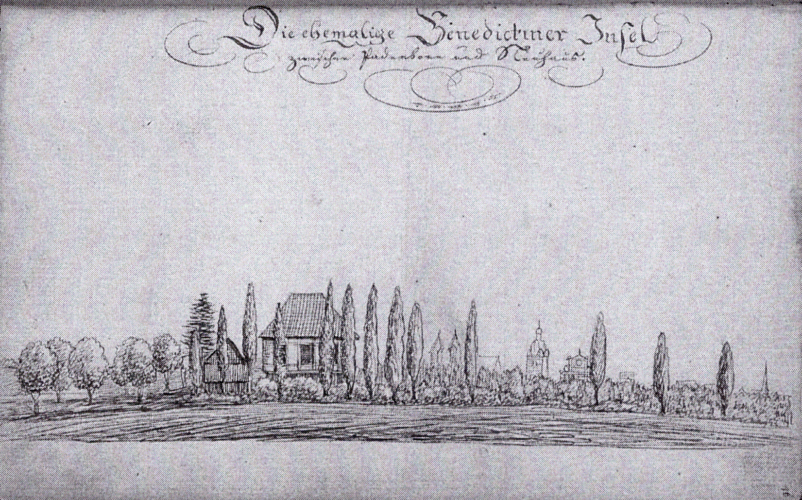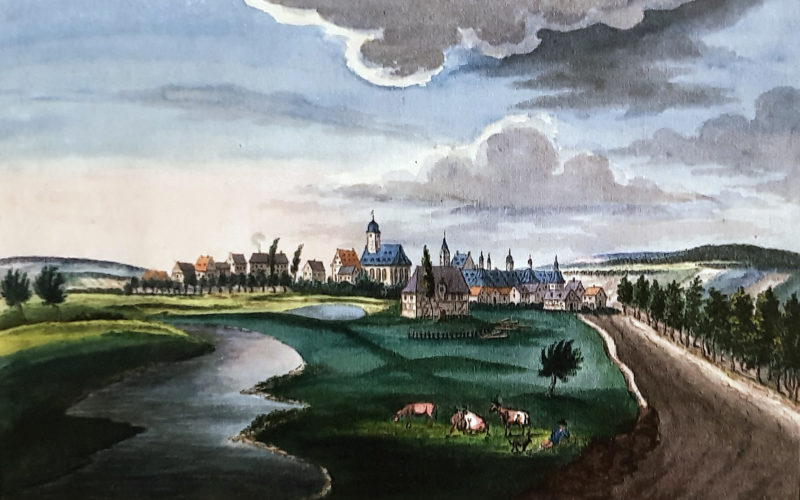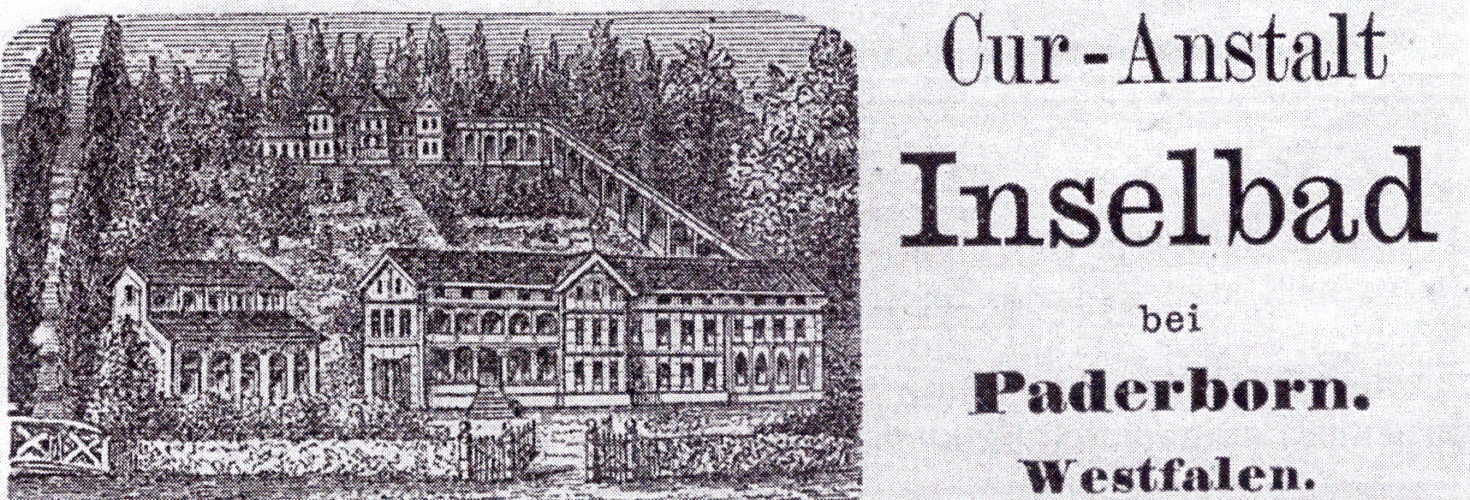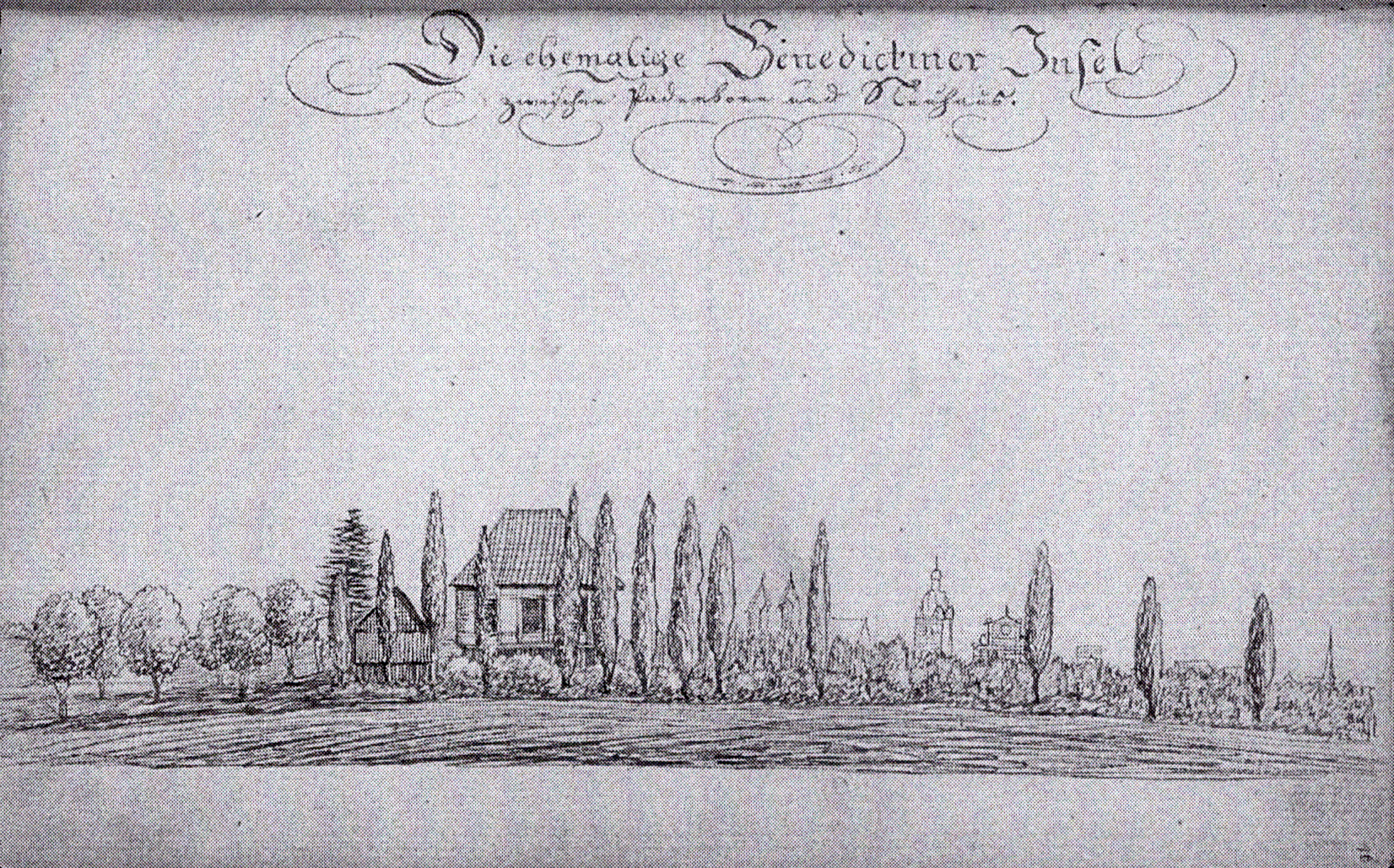[1] Cf. Balzer, Manfred: Untersuchungen zur Geschichte des Grundbesitzes in der Paderborner Feldmark, München 1977, map 1.
[2] Cf. Balzer, Untersuchungen, p. 619ff.
[3] Cf. Völkel, Jana/ Fäßler, Peter E.: Die Ottilienquelle, das Inselbad und die „Curanstalt Inselbad bei Paderborn“, Dokumentation Paderborn 2014, p. 1-34, here p. 6.
[4] Cf. Balzer, Untersuchungen, p. 90.
[5] For a brief summary of hop growing see Detten, Georg von: Westfälisches Wirtschaftsleben im Mittelalter, Paderborn 1902, p. 56f.
[6] For information on the the market conditions in the Late Middle Ages cf. Schoppmeyer, Heinrich: Die spätmittelalterliche Bürgerstadt (1200-1600), in: Jarnut, Jörg e. a. (Ed.), Paderborn, Geschichte der Stadt in ihrer Region, Vol. 1: Das Mittelalter, Paderborn 1999, p. 199-473, here p. 348-355. For information on the market situation in the Early Modern Age cf. Ehrenpreis, Stefan/ Horstkemper, Gregor: Paderborn im Zeitalter der frühmodernen Landesherrschaft und der Konfessionalisierung, in: Göttmann, Frank e. a. (Ed.), Paderborn – Geschichte einer Stadt in ihrer Region, Vol. 2: Die Frühe Neuzeit, Paderborn 1999, p. 60-147, here p. 69f.
[7] Excerpts edited by Michael Pavlicic: Eine Neuhäuser Chronik aus dem Jahr 1797, in: Die Residenz 86 (1986), 87-88 (1987), p. 11-19; p. 3-11; p. 46-48.
[8] N.N.; Description of town „Schloss Neuhaus“ (draft after 1795), EAB Pb, AV Acta 88, fol. 55-100, here fol. 56r, 97r.
[9] Cf. field map of Gemeinde Neuhaus, Flur VI „Nassewenne“ (original survey 1829/30). Kreis Paderborn, Amt für Geoinformation, Kataster und Vermessung, Nr. 2955-01-FL 06 00. The mention of a master „Hans“, noted as „baker and brewer“ on the list of the servants in the official accounts of Schloss Neuhaus 1445-47 provides early evidence of the castle’s self-reliant economy. Cf. Rade, Jürgen: Die Bewohner des Schlosses Neuhaus nach den Rechnungen des Amtes Neuhaus von 1445 bis 1447, in: Pavlicic, Michael (Ed.), Studien und Quellen zur Geschichte von Stadt und Schloß Neuhaus, Vol. 1, Schloss Neuhaus 1994, p. 21-30; here p. 24.
[10] Early mention of a „Hoppener“, who was part of the common „Huißgesinde“ (household servants) of the castle and paid on a yearly basis, in the official account of 1562/63. LA Münster, Fürstbistum Paderborn, Ämterrechnungen Neuhaus Nr. 1040, fol. 56r. At the beginning of the 17th century, 17 hop pickers are listed, who did the harvesting for eight days and were paid 3 Pfennige per day. Cf. Amtsrechnung 1606/07, LA Münster, Fürstbistum Pb, Ämterrechnungen Neuhaus Nr. 1050, fol. 116v.
[11] Cf. Henning, Friedrich-Wilhelm: Bauernwirtschaft und Bauerneinkommen im Fürstbistum Paderborn im 18. Jahrhundert (Schriften zur Wirtschafts- und Sozialgeschichte, Bd. 18), Berlin 1970, p. 129.
[12] Cf. the Pader map of the Jesuit Johannes Grothaus around 1680. Printed in Koch, Josef: Frühe Verkehrsstraßen in der östlichen Westfälischen Bucht. Straßengeschichtliche Untersuchung zur Verkehrslage der Stadt Paderborn (Schriftenreihe des Heimatvereins Neuenbeken, Bd. 3), Paderborn 1977, p. 248f. The name „Höpper“-bridge can be interpreted ambiguously in Low German: It might be translated as „Hopfner“ (hop gardener) or „Hopfen“ (hop) -bridge, but „Höpper“ is also the regional word for a frog, which certainly was native to the Pader meadow of Neuhaus. Friendly hint by Mr. Michael Pavlicic (Sept. 2020).












